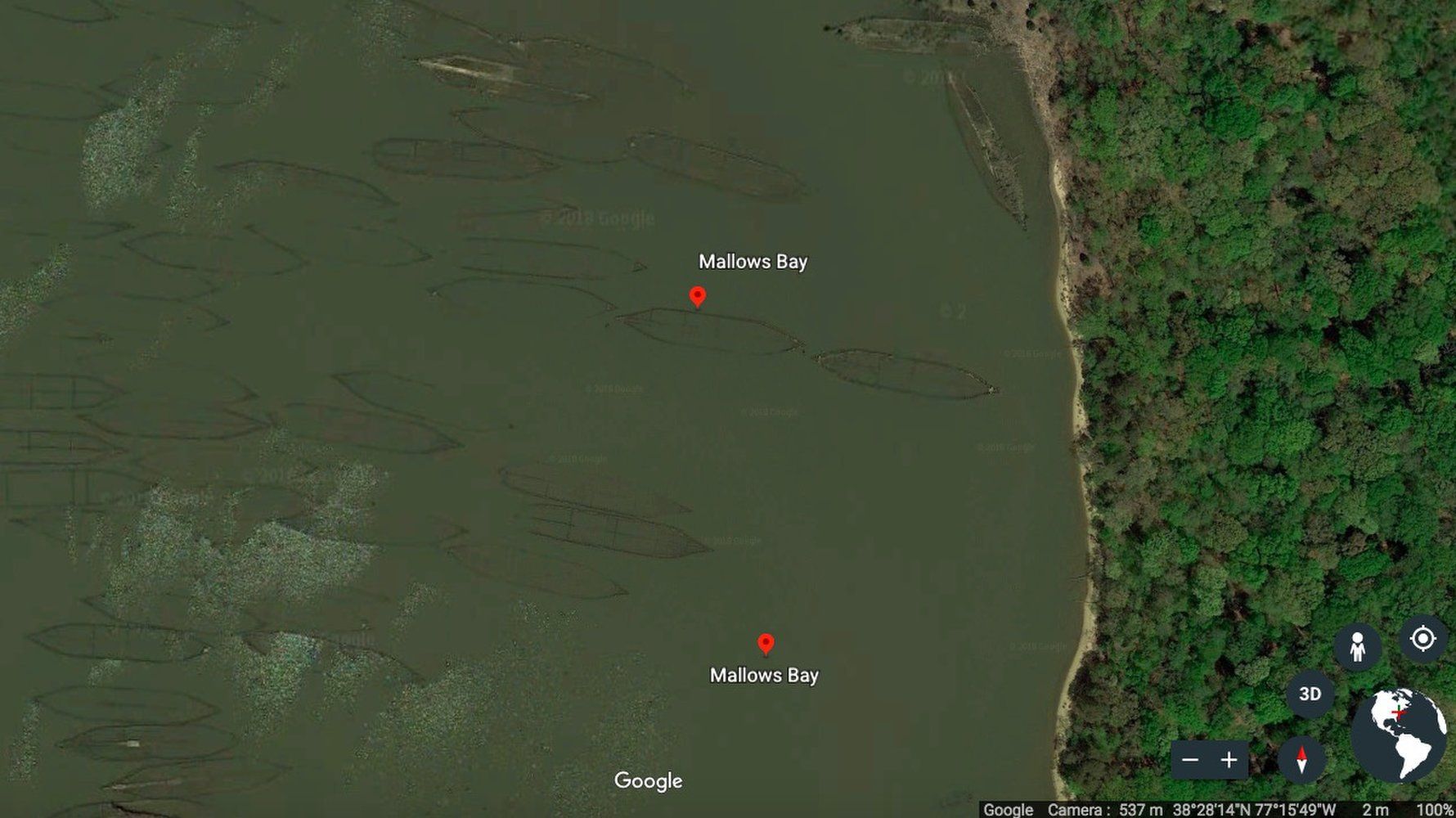Well that’s good news.
I see several parts to the problem where many people believe the doomer overpopulation myths.
The fear story resonates with deep caveman fears of starvation. Any individual person can experience hunger. This reinforces and validates the fear of potential starvation.
The small scale and valid fears and issues for individuals and small groups do not match up to real global risk. There are counter-intuitive aspects.







